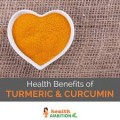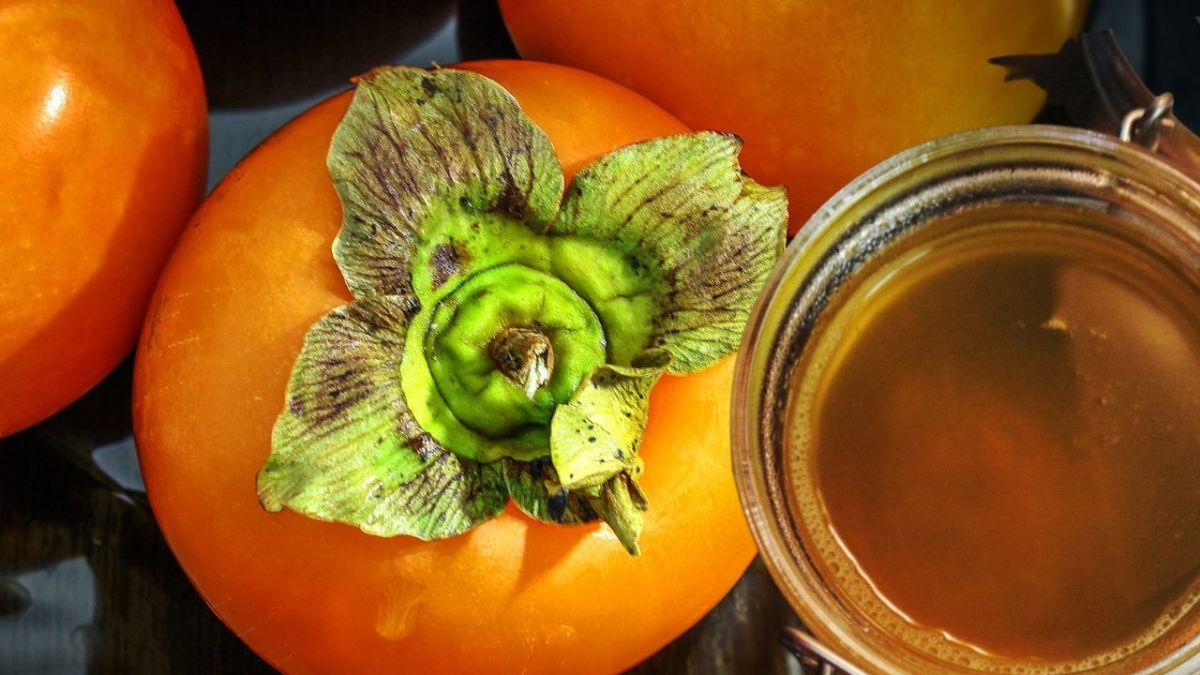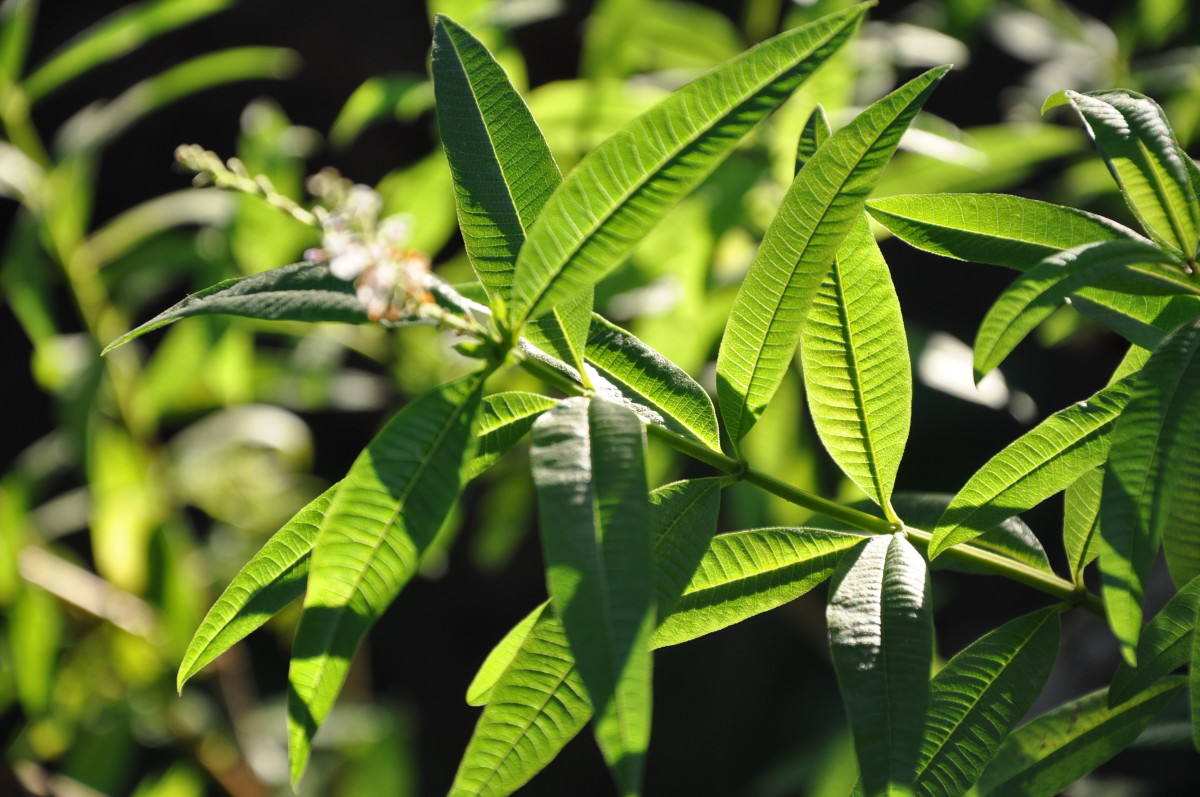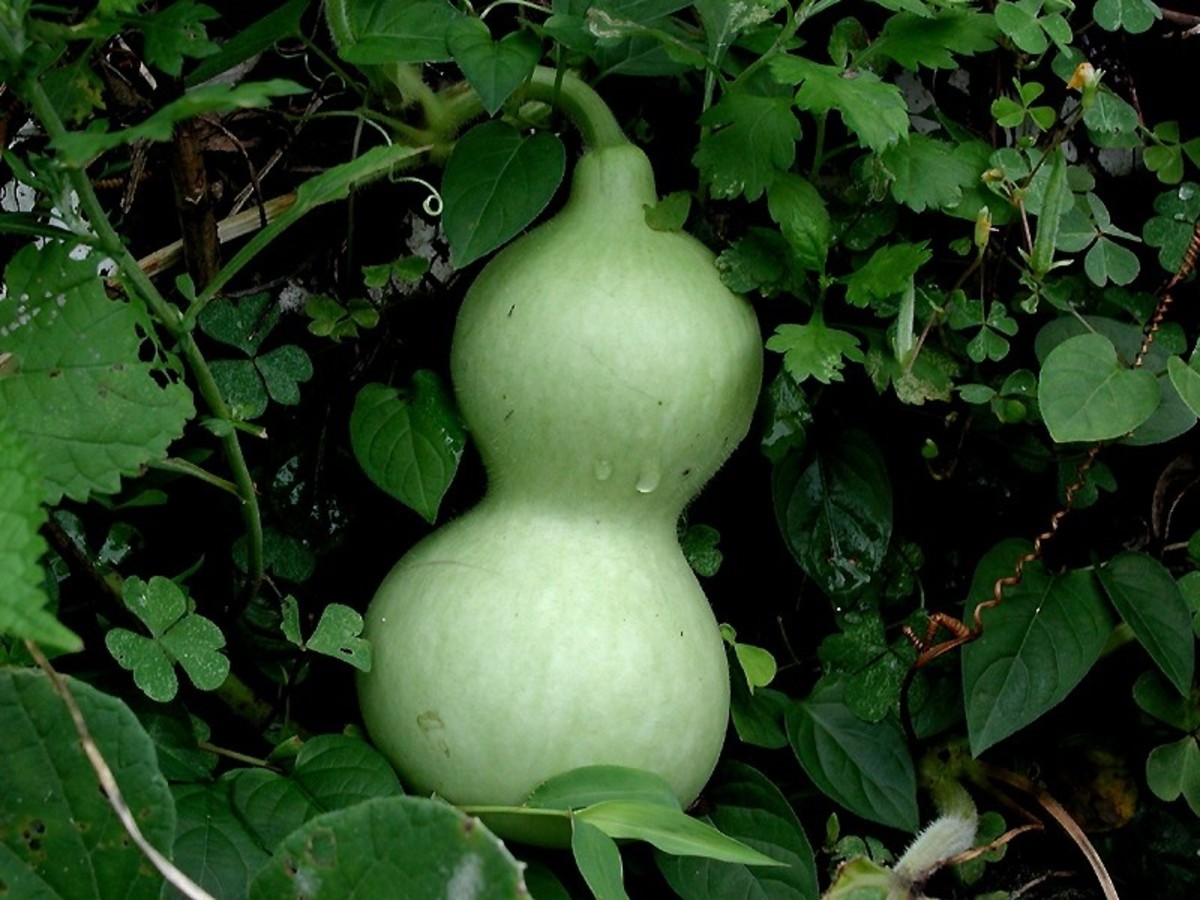Pulasan fruit and its health benefits
Pulasan fruit in Malaysia
Pulasan belongs to Sapindaceae family, It is an exotic fruit which originated from Western Malaysia. It grows mostly in lowland forests around Perak The name of the fruit itself suggests twisting. Pulas is to twist in Malay language. So the fruit is opened by twisting the fruit with both hands. The same is done with Rambutan fruit to open.
There are two varieties in this fruit. One is dark red in color and the other one is light red. It is sweeter than Rambutan. The latin name is Nephelium Mutabile, but there are at least 30 other wild species of Nephelium with edible fruits.
Even though they are native to western Malaysia, they are found growing abundantly in Philippines at low elevations from Luzon to Mindanao. In the year 1926, it was planted in Puerto Rico and later also in Costa Rica. It has been recently introduced in Kerala state of India.
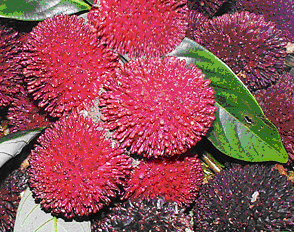
Pulasan - The seasonal fruit of Rambutan family
Pulasan fruits are harvested twice in a year. The season of trees flowering is from March-May and August-October. After flowering, the fruits start to mature in 15-18 weeks time. It takes 100-130 days to mature, in warm tropical areas. The first season of fruiting is from July-November and the next one is from March-July. Fruit is harvested in bunches when most of them turn yellow or red color.
The tree can grow to a height of 15m. Trunk grows about 16 inch in diameter. it is an ultra-tropical fruit and thrives only in very humid regions between 360 -1,150 ft altitude. In the Malaya region, the tree bears best after a long, dry season.
Fruit grows in clusters of 3-5. is slightly oval shaped and 2-3 inches in length. The outer skin of the fruit has spiky soft thorns but they are not so sharp. The pulp of the fruit is white or yellowish and translucent. The edible portion is juicy, sweet and aromatic and tastes like a sweet grape. It contains a single seed which has the size and shape of an almond. It is easy to separate the seed from flesh.
The pulasan is often confused with rambutan because it is closely allied with it. The skin is thicker and rougher than Rambutan. Other fruits in the same family are Fijian Longan, Longan and Lychee. Pulasan fruit is also known as rambutan paroh, rambutan-kafri or pening-pening-ramboetan. In Philippines it is called Bulala and Ngoh-khonsan in Thai language.
While packaging they are tied up in bunches. The fruits are generally available on special request at wholesale price in Malaysia but production volume is limited
Health benefits and Uses of Pulasan fruit:
- The fresh ripe fruit is eaten raw. The flesh is slightly juicy and sweet. The seed is edible and tastes like almond.
-
Pulasan can be frozen or dried and used to flavor ice cream and puddings. It can also be made into preserves, jams, jellies and sauces.
-
Gourmet restaurants use Pulasan for their enree dishes and in sauces.
-
More recently it has been used in tropical juice blends.
- The tasty flesh has a sweet grape like taste. It is used in making jam.
- A cocoa like beverage is prepared from boiled or roasted seeds.
- It reduces the body fat. So it is good for people who are obese.
- It makes skin softer and has good use in hair care.
- Diabetics can eat this fruit.
- The leaves and roots of the Pulasan tree are employed in poultices.
- The root decoction is administered as a febrifuge and vermifuge. The roots are boiled with Gleichenia linearis, and the decoction is used for bathing fever patients.
- The nutritional value per100g of pulasan fruit : Protein content is 0.82g, Calcium is 0.05mg, Carbohydrate - 16.8g, Fat -0.6g, Iron – 0.002mg, Vitamin C – 10.8mg, Ash content is 0.45g and moisture content is about 90.87%.
- The wood is light-red, harder and heavier than that of the Rambutan. It is of excellent quality but rarely available.
- The seeds are dried and these seed kernels yield 74.9% of a solid, white fat, which melts at about 104 -107.6º F (40º- 42º C). The oil is a faintly perfumed and could be utilized for making soaps.
Do not forget to taste this exotic fruit of Malaysia.



